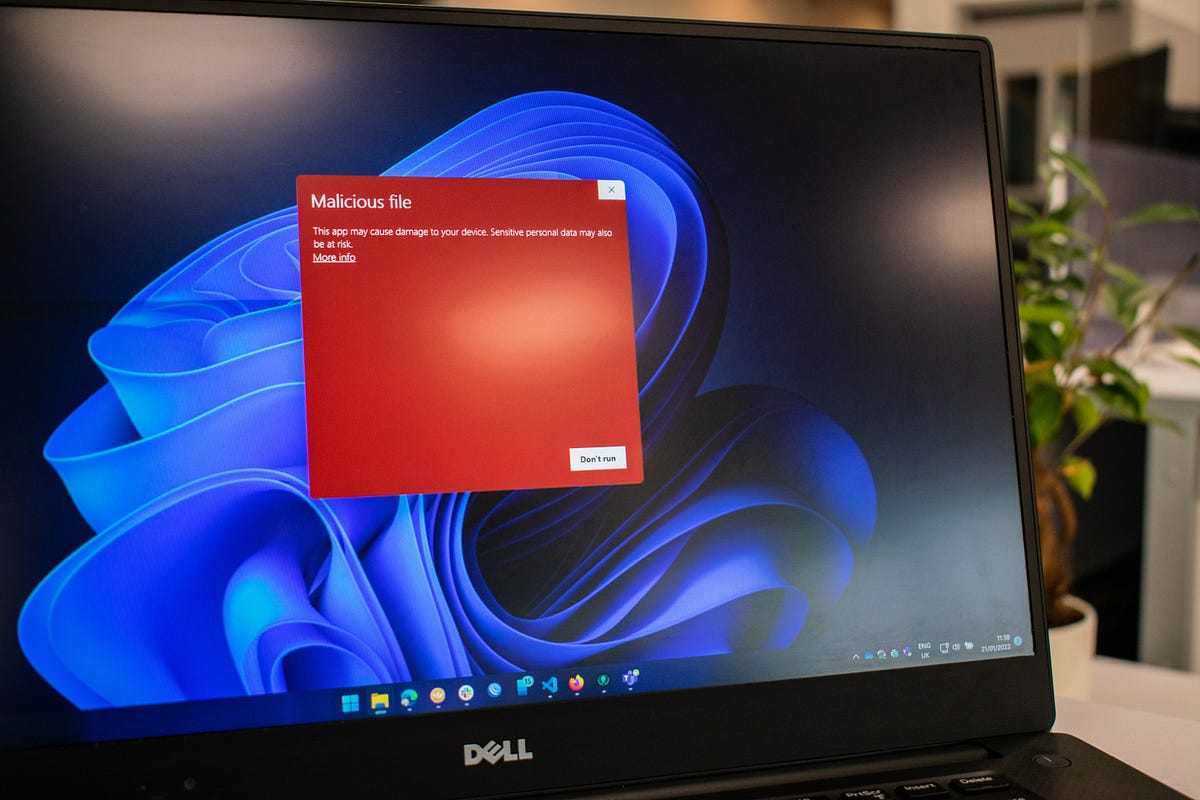One simple way to cut ransomware recovery costs in half
Whichever way you look at the data, it is considerably cheaper to use backups to recover from a ransomware attack than to pay the ransom. The median recovery cost for those that use backups is half the cost incurred by those that paid the ransom, according to a recent study. Similarly, the mean recovery cost is almost $1 million lower for those that used backups. Despite this fact, the use of backups is actually falling.
This was one of the most prominent findings in the recent Sophos State of Ransomware survey. Let’s take a closer look at the report’s conclusions.
The state of ransomware
Sophos recently published an independent, vendor-agnostic report about the impact of ransomware worldwide. The survey included 3,000 IT and cybersecurity leaders in organizations with between 100 and 5,000 employees across 14 countries in the Americas, EMEA and Asia Pacific. The study was conducted between January and March 2023, and the participants responded based on their experiences over the past year.
According to the report, the rate of attacks stayed constant, with 66% of respondents reporting that they were hit by ransomware during the last year. In 2022, respondents reported the exact same percentage. While this might be a good sign, it’s notable that in 2021 the rate was only 37%.
Does size matter?
The Sophos study revealed a distinct correlation between annual revenue and the chances of being a victim of ransomware. For companies with revenue of $10 to $50 million, 56% experienced a ransomware attack in the last year. Meanwhile, 72% of those with revenue of $5 billion or more were victims of ransomware.
Surprisingly, there was no strong relationship between ransomware attacks and company headcount. The rate of ransomware attacks was consistent, with 62-63% of companies of all sizes experiencing ransomware incidents. The only exception was that companies with 1,001 to 3,000 employees had a 73% rate. One might think that larger workforces would lead to more attacks as the attack surface is larger, but this study did not find that to be the…



